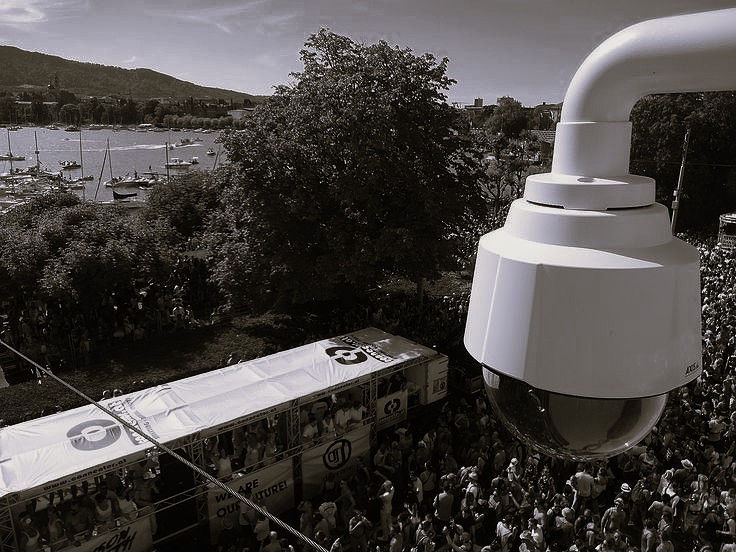How Wireless Communication Systems are Powering Smart Cities in the UAE
- PPSGroup
- May 5
- 2 min read
The United Arab Emirates has established itself as a global leader in smart city development, transforming how people live, work, and interact with their environment. Central to this transformation are sophisticated wireless communication systems that enable seamless connectivity across urban landscapes.

Evolution of Wireless Infrastructure in UAE Smart Cities
The journey toward connected cities in the UAE began with basic cellular networks but has since evolved into a complex ecosystem of advanced technologies. Today, these wireless communication systems encompass multiple interconnected layers that support diverse applications across metropolitan areas.
At the core of this infrastructure are advanced 5G networks, providing unprecedented bandwidth and ultra-low latency for data-intensive applications. Alongside these, specialised networks like LoRaWAN (Long Range Wide Area Network) and NB-IoT (Narrowband Internet of Things) support the massive deployment of low-power, long-range sensors. These technologies collectively enable real-time data exchange, forming the backbone of smart city operations.
Municipalities across the UAE have installed thousands of connected devices, creating a digital nervous system that continuously monitors and responds to real-world conditions. These sensors track everything from traffic flow and air quality to energy usage and public safety, providing the real-time insights needed to manage complex urban systems efficiently.
Smart Mobility Solutions Through Wireless Connectivity
Transportation systems are among the most visible beneficiaries of wireless communication systems in smart cities. Connected traffic lights adjust dynamically to real-time traffic patterns, reducing congestion, emissions, and commute times for residents.
Autonomous vehicle trials rely heavily on ultra-reliable wireless networks, allowing vehicles to communicate seamlessly with infrastructure and each other. This connectivity is critical for real-time decision-making, ensuring the safety and efficiency of autonomous transit systems.
Additionally, smart parking solutions guide drivers directly to available spaces, minimising search times and associated emissions. These innovations depend on robust wireless networks capable of managing vast amounts of data with minimal delay, enhancing the overall efficiency of urban transportation.
Enhancing Public Services and Safety
Municipal services have been dramatically improved through the application of wireless communication systems. For example, waste management systems now use connected bins that signal when collection is required, optimising routes for service vehicles and reducing operational costs.
Public safety has also benefited significantly, with connected camera systems and smart sensors providing real-time alerts and data for faster emergency response. Smart street lighting systems that adjust brightness based on pedestrian activity further improve safety while reducing energy consumption.
During emergencies, wireless networks enable rapid coordination between different agencies, providing responders with immediate access to critical information and improving outcomes for those in need.
Sustainability Through Connected Infrastructure
Energy management is a critical component of smart city design in the UAE. Connected power grids monitor consumption patterns, integrate renewable energy sources more efficiently, and enable predictive maintenance. Smart meters help residents track and optimize their energy usage, aligning with the UAE’s long-term sustainability goals.
Future Directions for Wireless Smart City Development
UAE cities are continuously expanding their wireless capabilities with emerging technologies like Wi-Fi 6, advanced IoT networks, and edge computing infrastructure. Looking ahead, the broader implementation of AI-driven systems will further enhance the ability of wireless communication system designs to support complex urban functions, making cities smarter, more efficient, and more resilient.





Comments